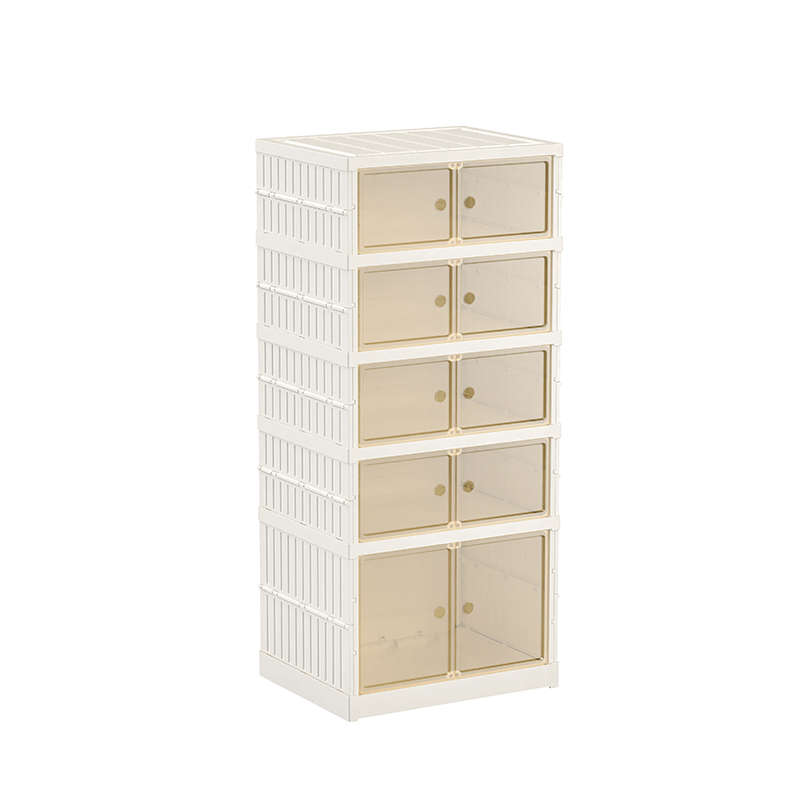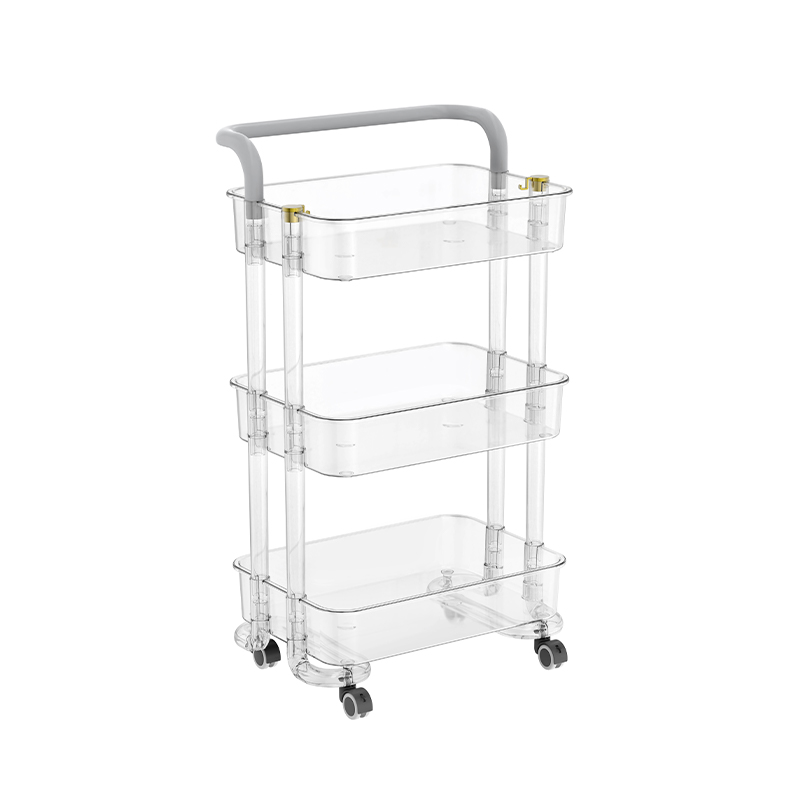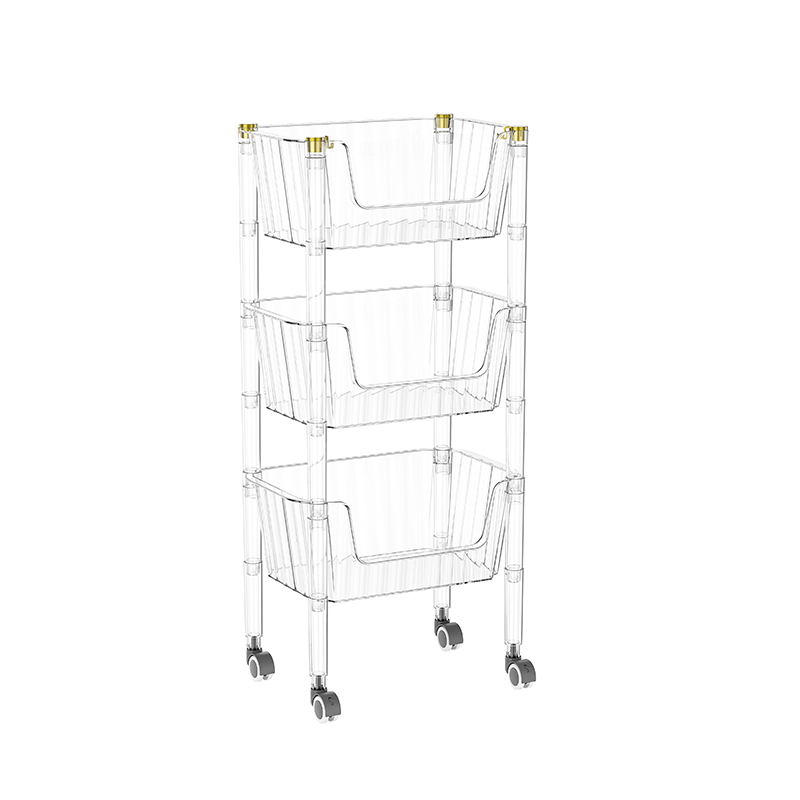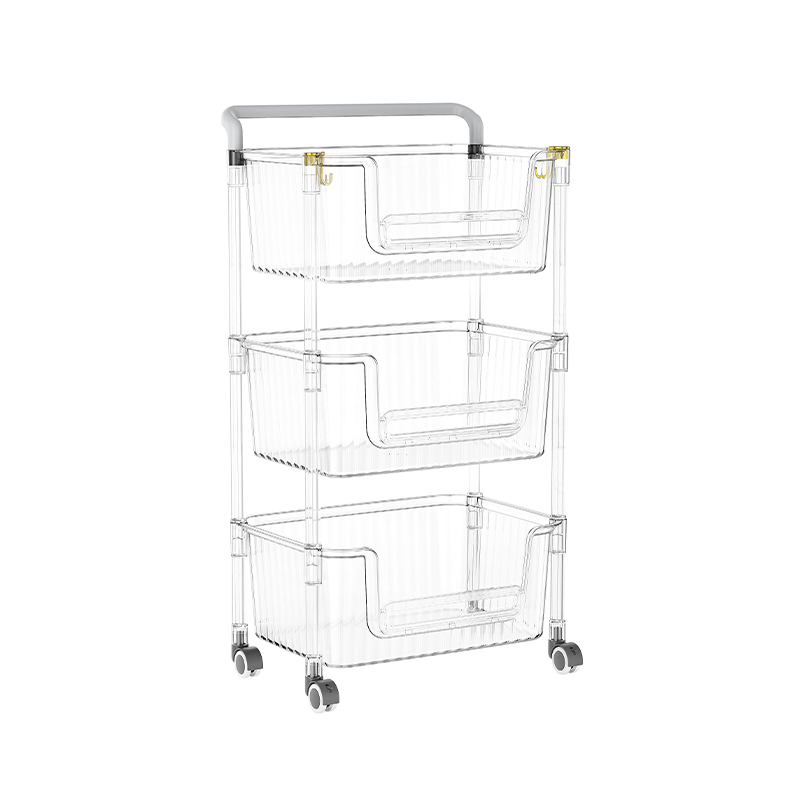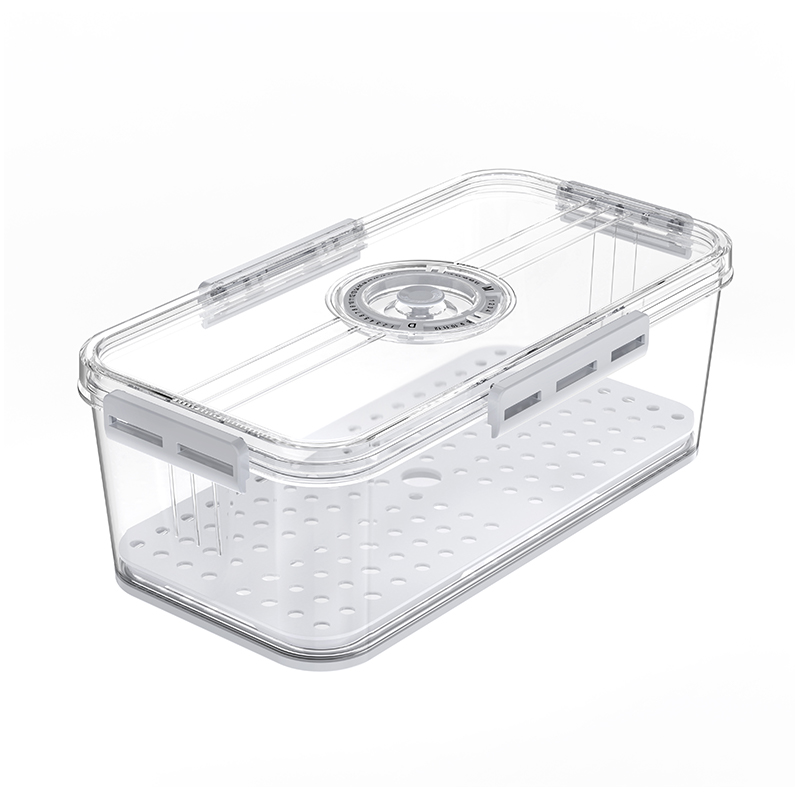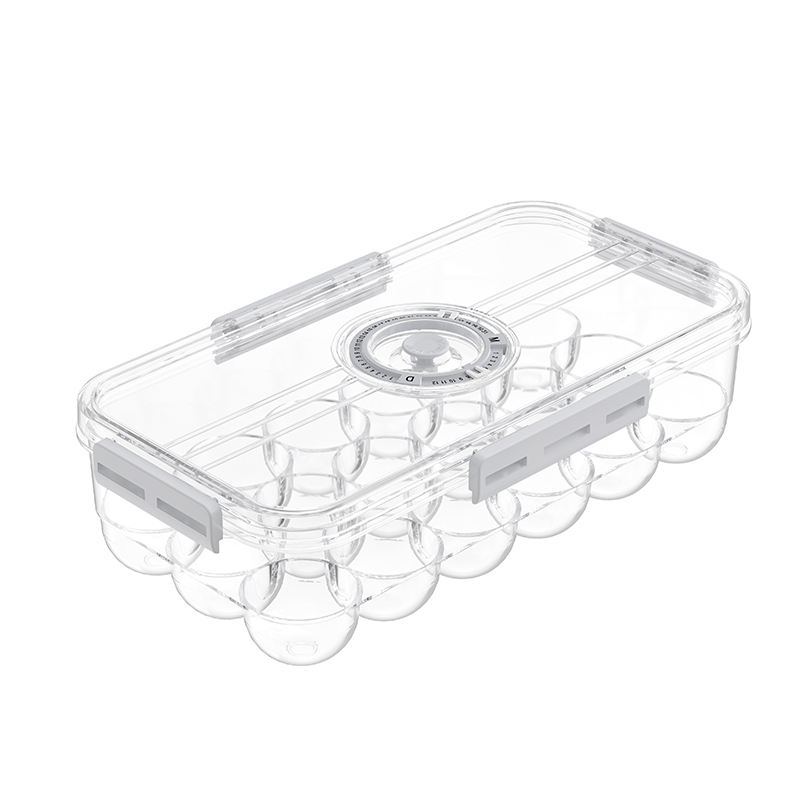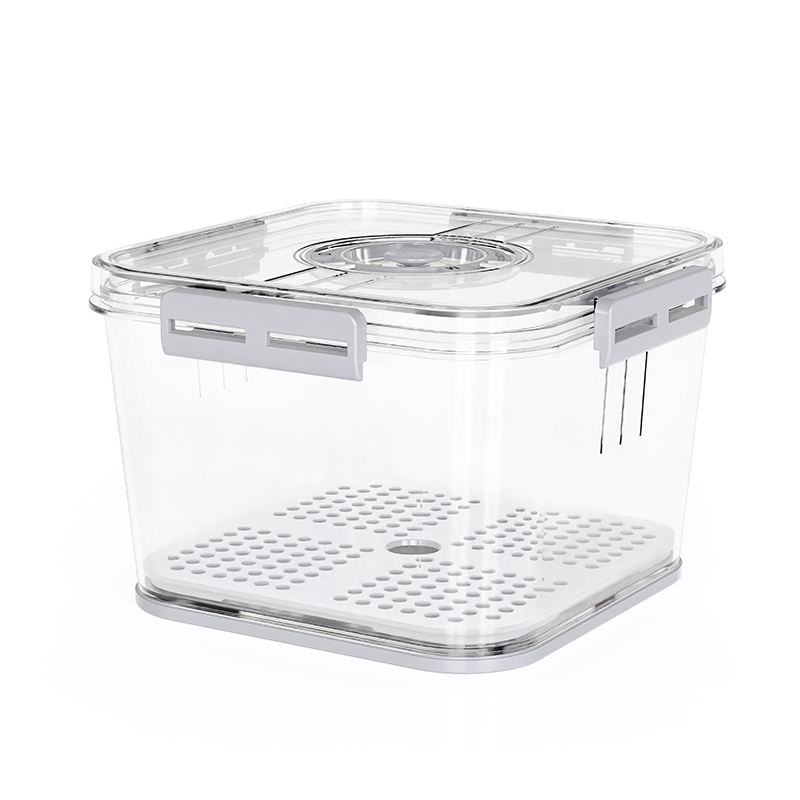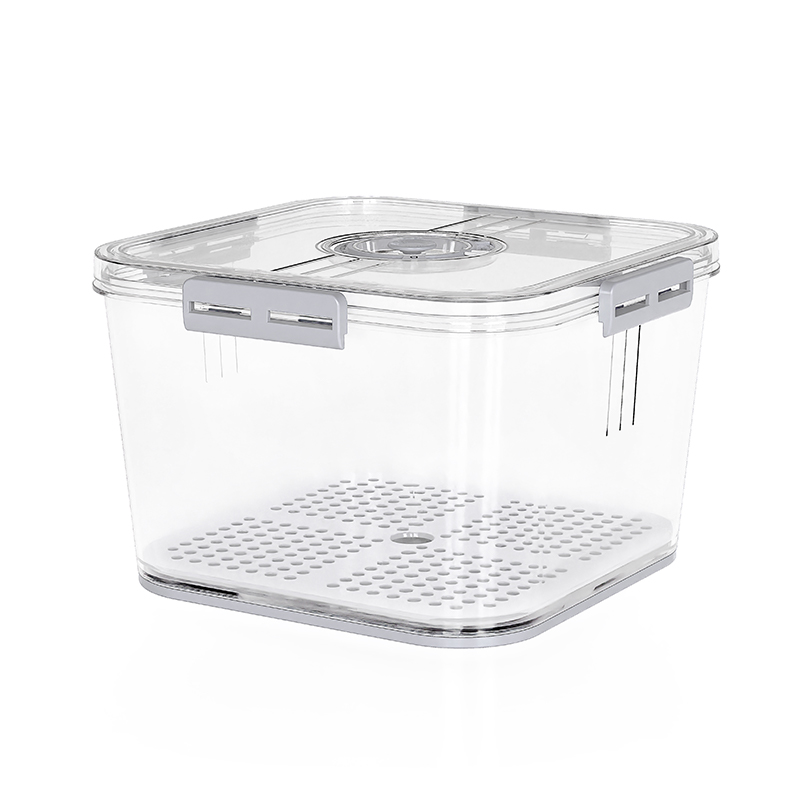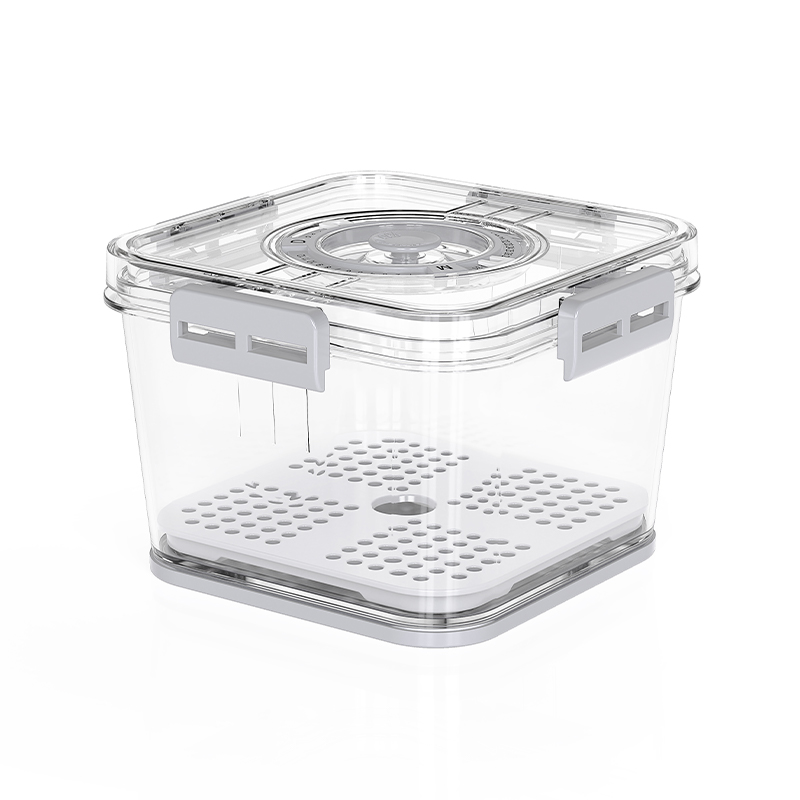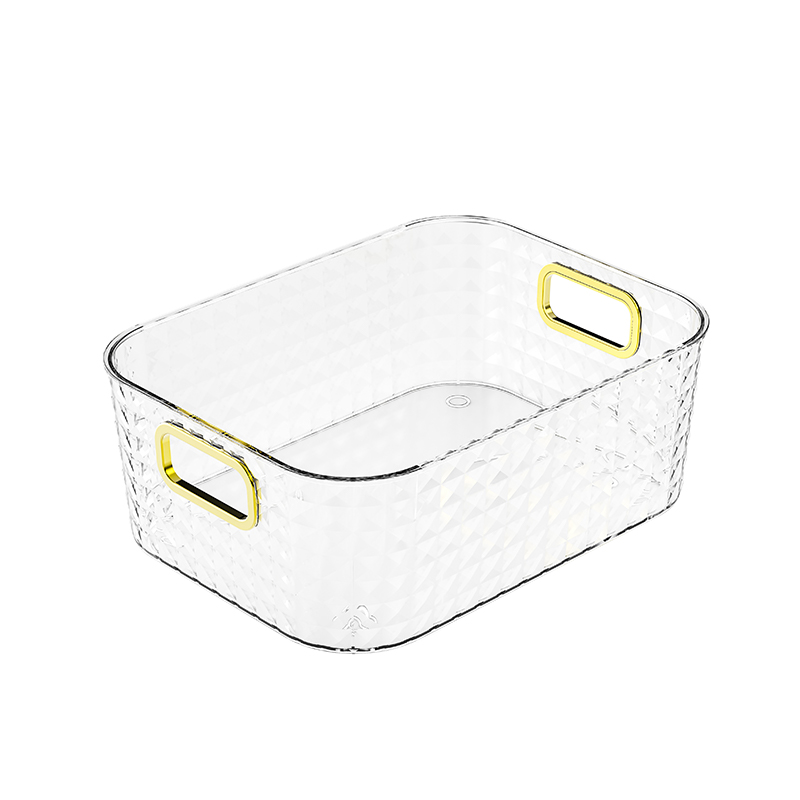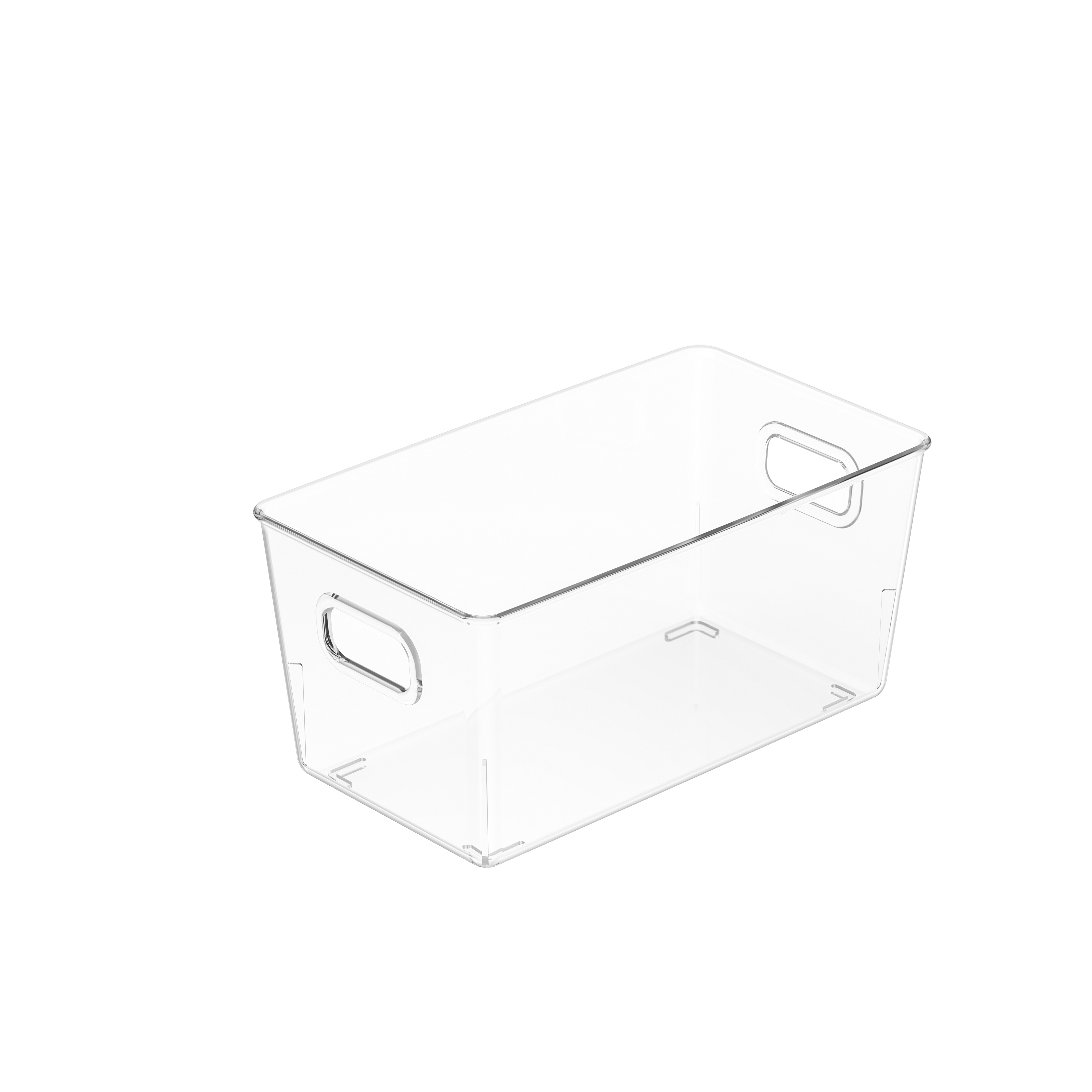The difference between the sealing of kitchen sealing fresh food boxes and ordinary plastic boxes
One of the advantages of kitchen sealing fresh food boxes is its good sealing. The sealing design usually adopts food-grade silicone sealing rings or snap-on structures, which can effectively prevent the entry of air, moisture and external contaminants. This can better maintain the freshness of food and extend the shelf life of food. Ordinary plastic boxes often lack this sealing design, and food is easily affected by air or bacteria, causing deterioration or loss of original taste.
The structure of sealed fresh-keeping boxes usually has a tighter lock or airtight cover, which is especially important for storing liquids or perishable foods (such as fruits, vegetables and soups). Ordinary plastic boxes may not be so tightly sealed, and the food in the container is easily affected by the external environment.
The impact of materials on food preservation
kitchen sealing fresh food boxes generally use food-grade materials, such as glass, non-toxic PP plastic or BPA-free plastic, which can ensure that food is not contaminated by harmful substances. In addition, these materials often have strong antioxidant and corrosion resistance, which can keep food fresh and avoid chemical reactions. The materials used in ordinary plastic boxes may not have these advantages and are prone to releasing harmful chemicals, especially low-quality plastics may contain harmful ingredients such as BPA.
The glass material in the sealed fresh-keeping box, in addition to being able to better preserve the original flavor of food, is also resistant to high temperatures, cold and heat, and is suitable for microwave heating or refrigeration. Ordinary plastic boxes may not be able to withstand high or extremely low temperatures, are prone to deformation, release harmful substances, and cannot be used in microwave ovens.
Differences in food storage time
The sealed fresh-keeping box can effectively prevent air from entering through a sealed design, which greatly slows down the oxidation process of food, thereby extending the shelf life of food. For cut fruits, vegetables or pre-prepared meals, using a sealed fresh-keeping box can greatly reduce the possibility of bacterial growth and mold reproduction. Ordinary plastic boxes often cannot provide the same sealing performance, and food is easily exposed to air during storage, resulting in faster deterioration.
For example, when storing fruits and vegetables, a sealed fresh-keeping box can effectively control humidity and temperature, so that the taste and nutrients of fruits and vegetables can be preserved for a long time. For some pre-cooked foods, sealed fresh-keeping boxes can prevent the evaporation of food moisture, thereby maintaining its original taste and flavor. Ordinary plastic boxes are more limited in this regard.
More user-friendly design and function
The design of sealed fresh-keeping boxes usually pays more attention to ease of use and versatility. Many sealed fresh-keeping boxes have a stacking design that can save storage space. And most sealed fresh-keeping boxes are designed with different sizes and shapes, which can be reasonably distributed according to different types of food to avoid food mixing or cross-contamination. Ordinary plastic boxes are mostly single structures, lacking this flexibility, and often have problems such as difficulty in stacking and inconvenient storage.
Sealed fresh-keeping boxes generally have a leak-proof design and can store liquid foods such as soups, sauces, etc. to prevent liquid leakage or contamination of other foods. Ordinary plastic boxes are not as comprehensive as sealed fresh-keeping boxes in this regard, and often have problems such as insufficient sealing leading to leakage.
Protection of food hygiene
Sealed fresh-keeping boxes can effectively prevent the invasion of bacteria and other contaminants while keeping food fresh. Due to its sealing performance, it can better isolate external dust, pests and harmful substances in the air to ensure the safety of food. Due to the limitations of materials and design, ordinary plastic boxes are often easily contaminated by the outside world during storage, especially if stored in a humid environment, which can easily breed bacteria and affect the hygiene of food.
Convenience of cleaning and maintenance
The cleaning design of sealed fresh-keeping boxes is usually convenient, and many sealed boxes can be directly put into the dishwasher for cleaning. In addition, the materials used in sealed fresh-keeping boxes, such as glass and non-toxic plastics, are easy to clean, avoiding the risk of bacteria breeding due to improper use. On the contrary, ordinary plastic boxes may be relatively troublesome to clean due to their relatively cheap materials or complex surface designs, and are prone to leaving residues such as oil stains and odors.
Environmental protection comparison
Although plastics occupy a large market share in packaging, with the improvement of environmental awareness, many kitchen sealing fresh food boxes have begun to use recyclable materials to reduce environmental pollution. Some high-quality sealed fresh-keeping boxes even use renewable glass materials or non-toxic plastics to ensure that waste after use can be better handled and reduce the environmental burden. Ordinary plastic boxes may have shortcomings in environmental protection, especially those disposable low-quality plastic boxes, which are difficult to recycle after use, increasing the burden of plastic waste.
Comparison between kitchen sealing fresh food boxes and ordinary plastic boxes
|
Feature |
Kitchen Sealed Fresh-keeping Box |
Ordinary Plastic Box |
|
Material |
Food-grade glass, PP plastic, etc. |
Low-quality plastic |
|
Sealing |
Superior (prevents air and moisture intrusion) |
Poor (prone to air and water leakage) |
|
Food Preservation Effect |
Keeps food fresh for a long time |
Shorter preservation time, easily perishable |
|
Applicable Range |
Microwave, refrigerator, freezer |
Mainly for refrigeration, not suitable for high temperatures |
|
Design and Function |
Various sizes, stackable for easy storage |
Single design, inconvenient for storage |
|
Cleaning and Maintenance |
Easy to clean, dishwasher-safe |
Hard to clean, prone to residue |
|
Environmental Friendliness |
High, recyclable, reduces pollution |
Low, hard to recycle after use |

